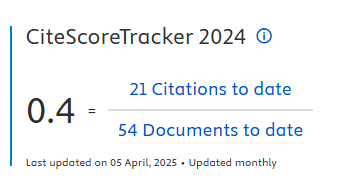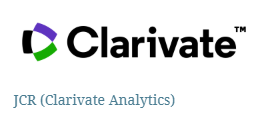Call for Papers - Submission deadline: September 10, 2024
DIGITAL AND SUSTAINABLE ACADEMIC ENTREPRENEURSHIP
In recent years, we have witnessed a remarkable acceleration of digital transformation driven by the emergence of digital technologies, platforms and technological infrastructure (Nambisan, 2017; Nambisan et al., 2017; Yoo et al., 2010), which have significantly reshaped the entrepreneurial scene globally. Such transformation contributed to the emergence of a new entrepreneurial paradigm (Nambisan, 2017, Nambisan et al., 2017) called digital academic entrepreneurship (Rippa & Secundo. 2019).
[...]
Published on December 17, 2024 - here
Read more about Call for Papers - Submission deadline: September 10, 2024






